The Big Two Point Five: Crossing Over
As the launch of Ford’s new Edge illustrates, the Big Two Point Five’s next “great white-walled hope” is something called the “cross-over.” It’s not a traditional SUV and it’s not a road-hugging car. It could be a station wagon on stilts with [optional] four-wheel drive and maybe even a hybrid powerplant, but it’s definitely not for towing [much] or plugging [deep] mud or surmounting [any] boulders. From the waves of hype you’d think this less-than-genetically gifted half-breed was a revolutionary development. Actually, it’s a vehicle design from the second half of the last century.
Back in the day, automakers mounted an engine, transmission and wheels onto a metal framework (called a “ladder frame” for its shape). The bodywork was then attached to the frame, which carried all the weight. It was simple, sturdy and made customization easy; whether turning a Model-T into a pickup truck or putting a custom body on a $10k Duesenberg chassis. The problem with this early construction technique was simple enough: weight. It takes more fuel to motivate heavy than light.
The next big idea in auto body construction came courtesy the airplane industry, where weight-saving is mission critical (yes I know it’s really “mass” physics boy, back off). Instead of setting the body on a load-bearing frame, the frame is the body, and vice-versa. The substantial weight savings delivered by this so-called unitary construction technique allowed for smaller engines and reduced vibrations. The first mass-produced American car to incorporate these ideas (and airplane-like streamlining) was Chrysler’s Airflow. It was a car that many manufacturers copied, but very few people bought.
Despite the Airflow fiasco, unitary construction slowly began to win favor within the American automobile industry. The Big Three lagged behind smaller companies like Nash and Hudson; body-on-frame construction was more practical for yearly model changes (since only the shell had to change). Even so, Lincoln went unitary in 1958, and other models slowly followed. Many of the American cars (and even the revolutionary Mini) kept a separate frame mounting to hold the engine, even when their bodies went unitary. While construction methodology changed, there was no great shift in the type of cars being built.
It wasn’t for lack of trying. Back in the ‘60’s, a team at Ford developed an idea for a people-carrier built on a unitary platform. As detailed in David Halberstam‘s “The Reckoning,” despite great customer survey results, they were never able to sell the vehicle internally. One reason: it needed a new (front wheel-drive) platform. A decade on, most of the Ford team had moved to Chrysler (who had the requisite platform). The minivan was born.
While the minivan dented the ladder frame-based “conversion” market, the truck and van market remained the last great refuge of the old manufacturing technique (aside from the Ford Crown Victoria triplets). A ladder frame made it much easier to customize a chassis for special uses (delivery van, camper, flat bed, etc.). The extra weight involved was balanced by the need for additional strength for hauling/towing (which a commercial user actually needs). Plus, ladder frames are cheaper to build.
When SUVs began to take off in the late eighties, consumers discovered ladder frame construction’s weak points. The vehicles were heavy (i.e. thirsty), top-heavy (i.e. unstable), rode like trucks (of course) and interior space was not nearly as large as it appeared from the outside. The Big Three improved their truck’s brakes and fitted plusher interiors, but ladder frames ruled because, well, no one complained. And they’re cheap (i.e. more profitable).
Japanese automakers cashed-in on the SUV trend with whatever trucks they could muster. But they also saw a case for a small pseudo-SUV, especially in their own backyard. Toyota and Honda developed nearly parallel solutions on their small-car, unitary platforms: the RAV-4 and CR-V. The “uni-utes” found soon found fame and fortune on the other side of the Pacific. Eventually Honda and Toyota gave the same treatment to a family-size car, creating a macho brother to their mini-vans. Subaru already specialized in four-wheel drive wagons, so their Forester wasn’t much of a stretch (though interesting as a “missing link”).
While these “crossovers” couldn’t match their bigger brethren for towing or rock hopping, they carried more people for less gas and handle more like a car. In the last few years, The Big Two Point Five has finally responded, releasing a few crossovers to significant sales– without denting the existing competitors’ market share. And therein lies the problem with The Big Two Point Five’s desire to “cross over” into renewed prosperity: they’re not creating a new niche, they’re moving into an existing one. Sad to say, their track record in that regard leaves much to be desired. Besides, if you’re constantly changing your running shoes in the middle of a marathon, you may be quicker than you were, but you’ll also be last.
More by Andrew Dederer
Latest Car Reviews
Read moreLatest Product Reviews
Read moreRecent Comments
- Lou_BC “We are always listening to the customer. "You sayin' the baller/gangsta types don't want Escalades on 24's that don't make vroom vroom rumbly sounds?
- AZFelix I shall fully endorse the use of autonomous cars on public roads once they have successfully completed my proposed Turing test for self driving vehicles. This test requires the successful completion of an at fault incident and accident free 24/7 driving session in Buffalo and upstate New York from October 1st until March 31st, and throughout the city of Jakarta, Indonesia for one consecutive year. Only Level 1 and Level 5 vehicles are permissible.
- Lou_BC I'd go Rav4. No Mazda dealer in my town and from what I've seen, Mazda's tend to rust.
- Steve Jacobs I've got a bright Red Kia EV6. Easy to find in a parking lot.
- MKizzy Gently used EV6's under $30K aren't hard to find and have the range and style to almost intrigue me into taking the EV plunge. However, I'll wait for a mid-sized non-luxury EV sedan or wagon which is not a tablet housing a car (Model 3) or sacrifices too much usable space for the sake of style (Ioniq 6) before I go electric. I'm not holding my breath.

















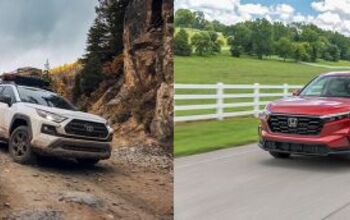


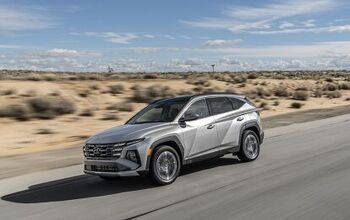
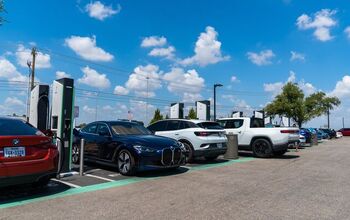
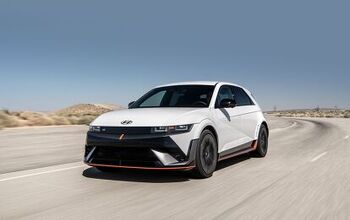

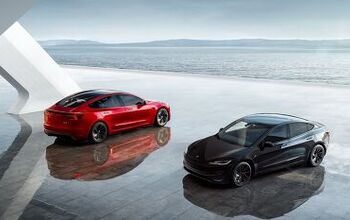
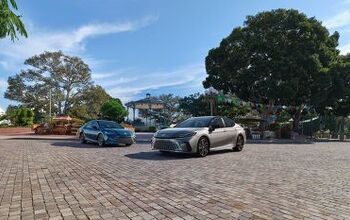
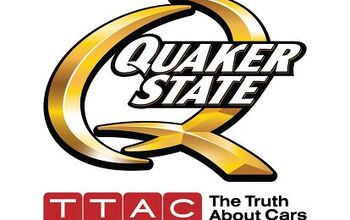
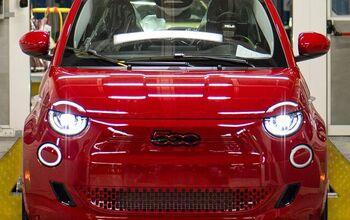

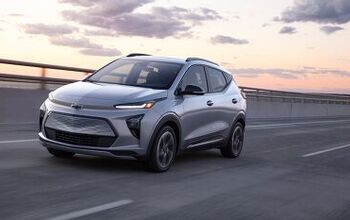
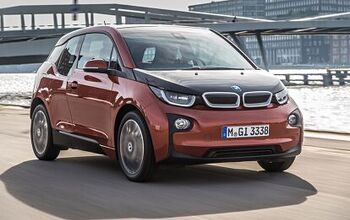

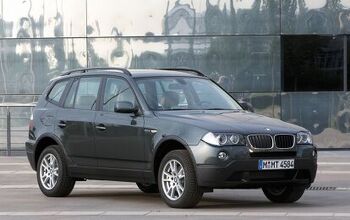
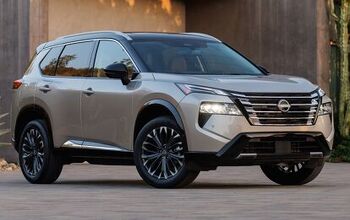
Comments
Join the conversation
Ar-Pharazon, Crawling on his belly, he'd stand a better chance not to get shot himself :) I see what you're getting at, but I just don't see direct visibility as an issue. I specifically observed myself while driving to work today, and I have no difficulties seeing far ahead (and sideways, there are at most 2 lanes of cars, not an issue). The first two or three cars you can rarely observe anyway, and past that, road curvature (up-down, or sideways) gives terrific view of the traffic, no matter how low you sit. Only time I could have used a (much) taller seating position is when driving bumper-to-bumper on older, straight roads through the countryland, like some sections of the road from DC to Ocean City in MD. But then, the best a tall-seating position would give me is arriving there a few minutes early because I picked my lanes better. This is where you get back to the point of SUV guy who needs to tow a boat three times a year. The grand 20 minutes it will save you annually are hardly worth lugging around extra 2000 pounds and risking your life - and mine. Quote, A Ford Explorer is 16 times as likely as the typical family car to kill occupants of another vehicle in a crash. In other words, all the advances of safety technology are negated by those sledgehammers driving around :)
in most urban places i've been to, theres alot of really big trucks on the road. even with the hugest hummer, you can't see around them. So here's my suggestion. A modified 18 wheeler, with a crows nest and radar. Then u can see everything. Feel better now?